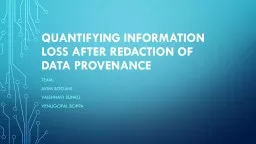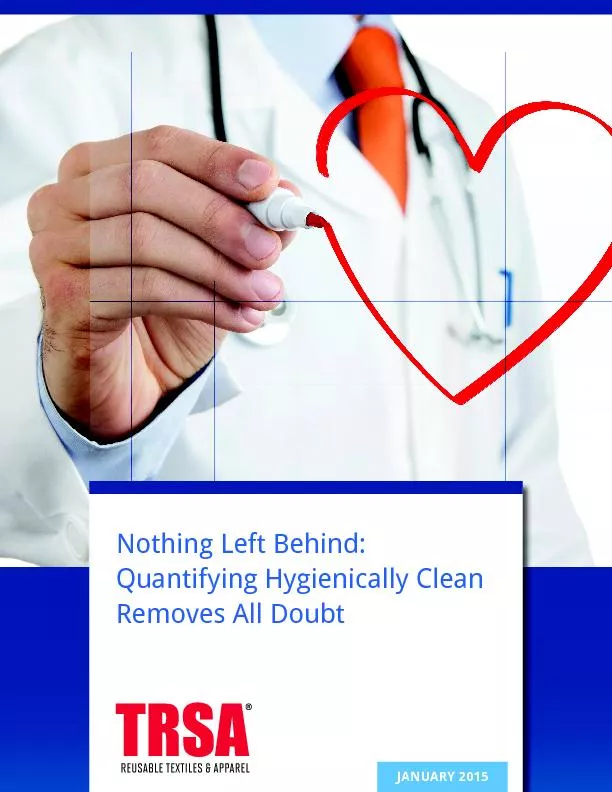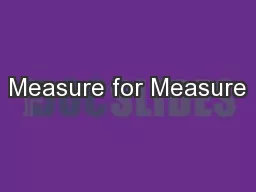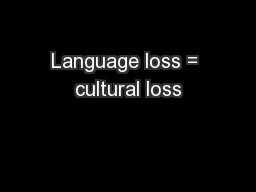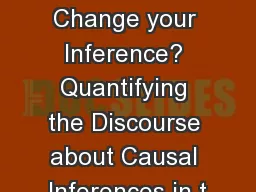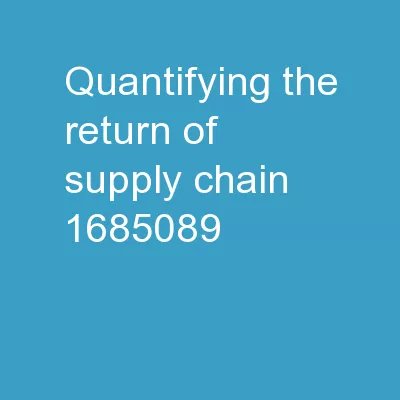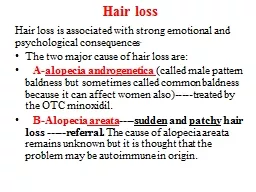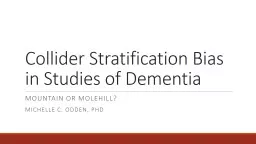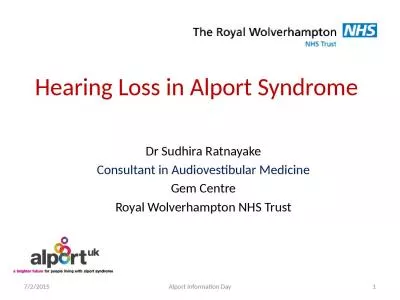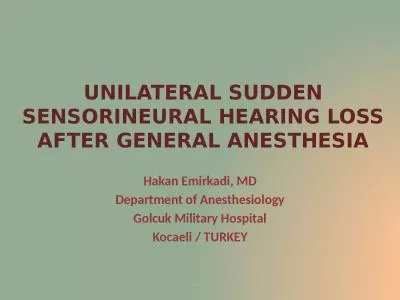PPT-Quantifying INFORMATION LOSS after
Author : tawny-fly | Published Date : 2018-10-23
Redacting DATA Provenance TEAM AVIni SOGANI VAISHNAVI SUNKU VENUGOPAL BOPPA Internet of things Semantic web and provenance Meaning behind anything you say Semantic
Presentation Embed Code
Download Presentation
Download Presentation The PPT/PDF document "Quantifying INFORMATION LOSS after" is the property of its rightful owner. Permission is granted to download and print the materials on this website for personal, non-commercial use only, and to display it on your personal computer provided you do not modify the materials and that you retain all copyright notices contained in the materials. By downloading content from our website, you accept the terms of this agreement.
Quantifying INFORMATION LOSS after: Transcript
Download Rules Of Document
"Quantifying INFORMATION LOSS after"The content belongs to its owner. You may download and print it for personal use, without modification, and keep all copyright notices. By downloading, you agree to these terms.
Related Documents

